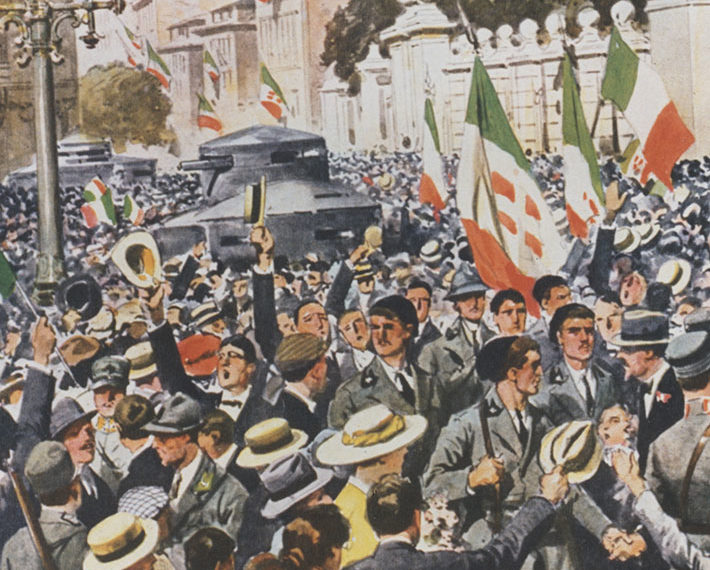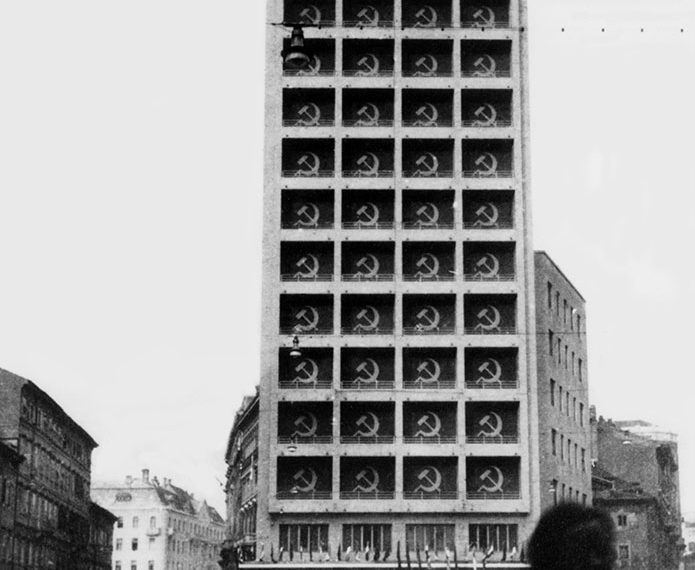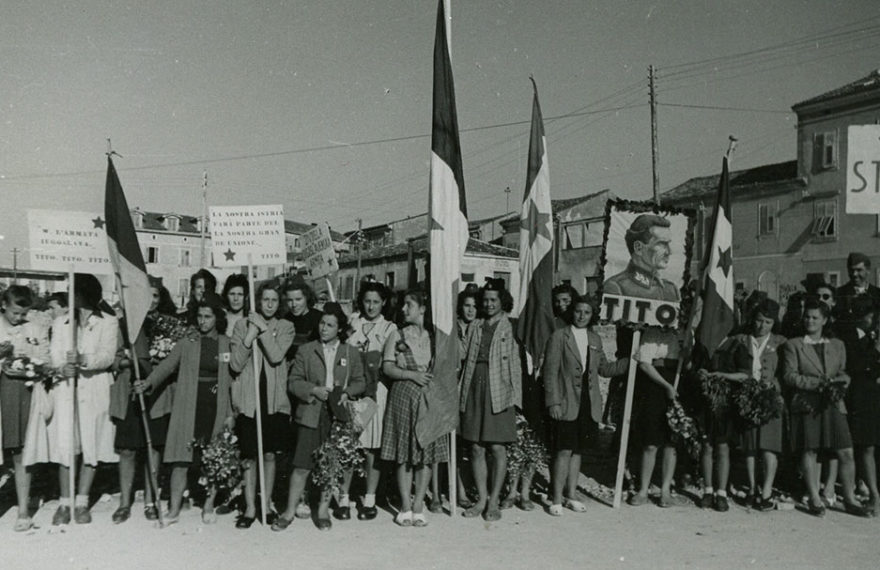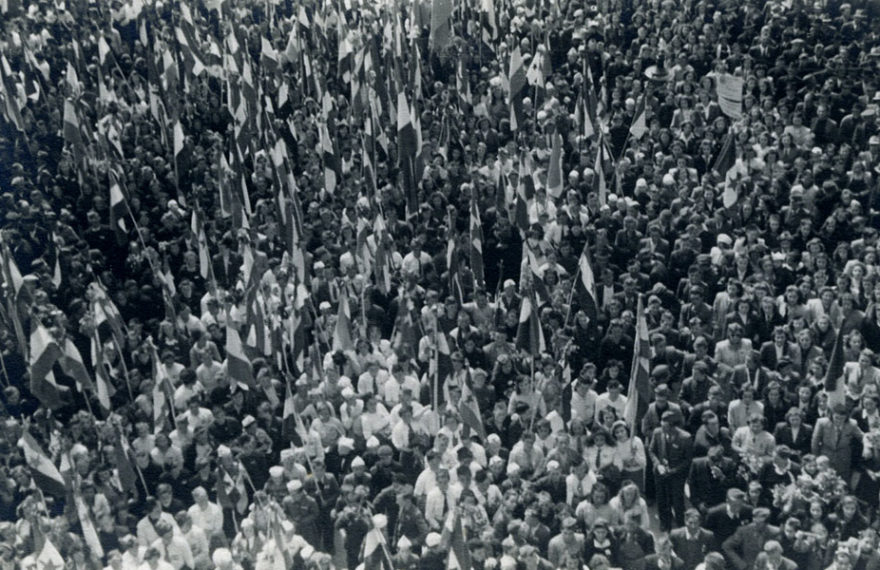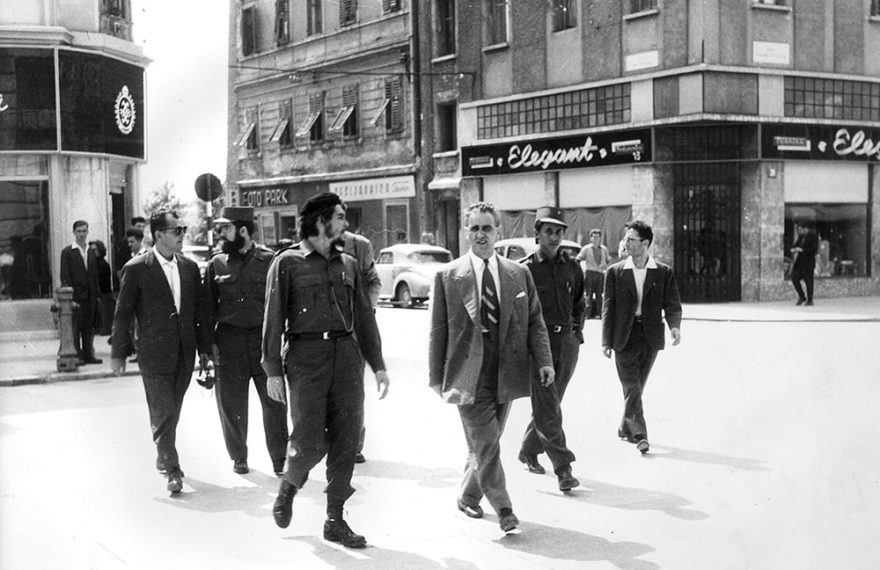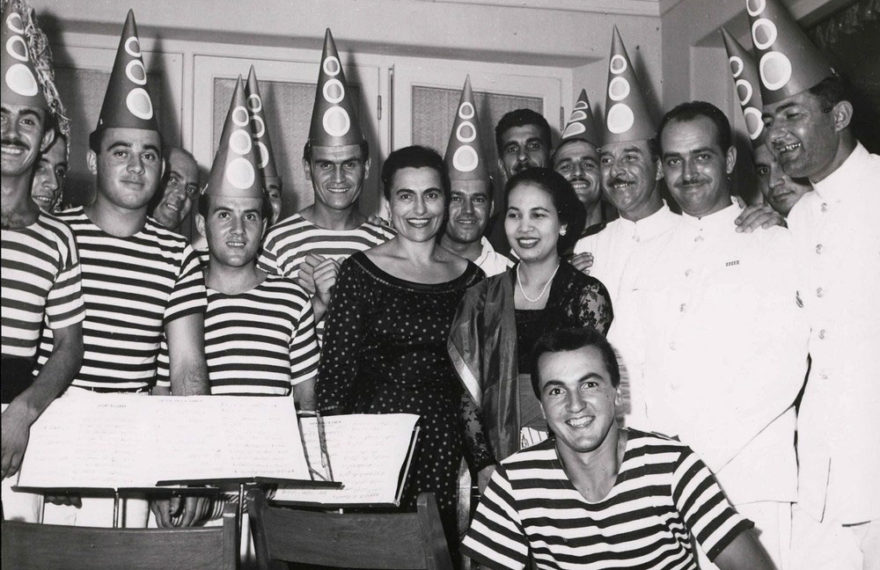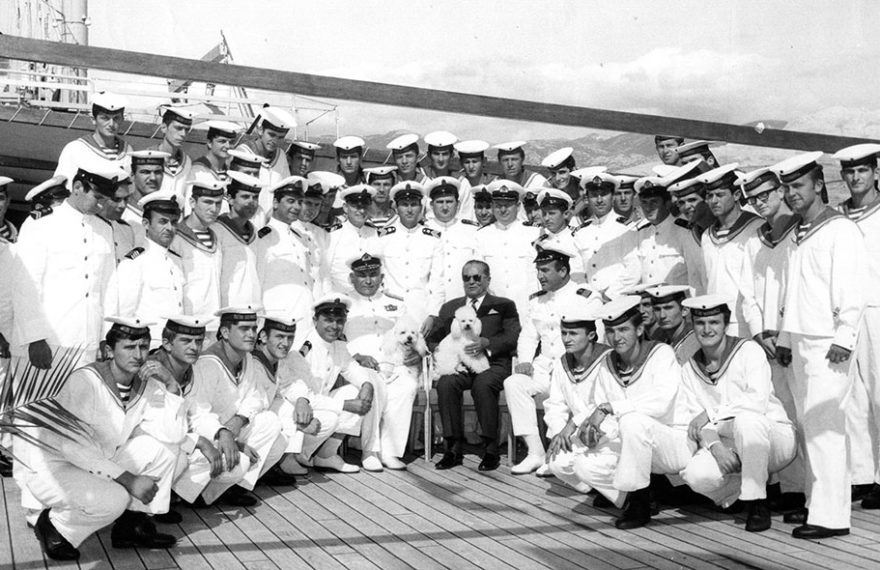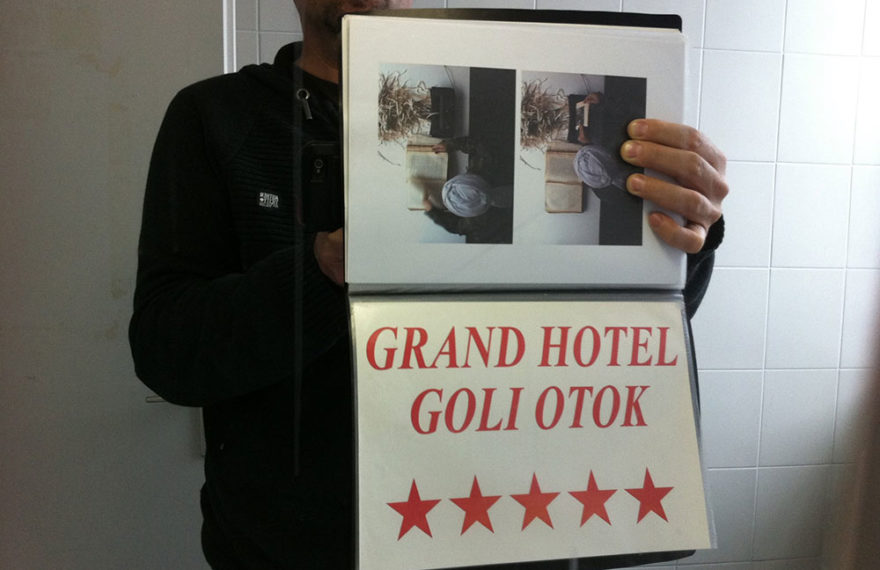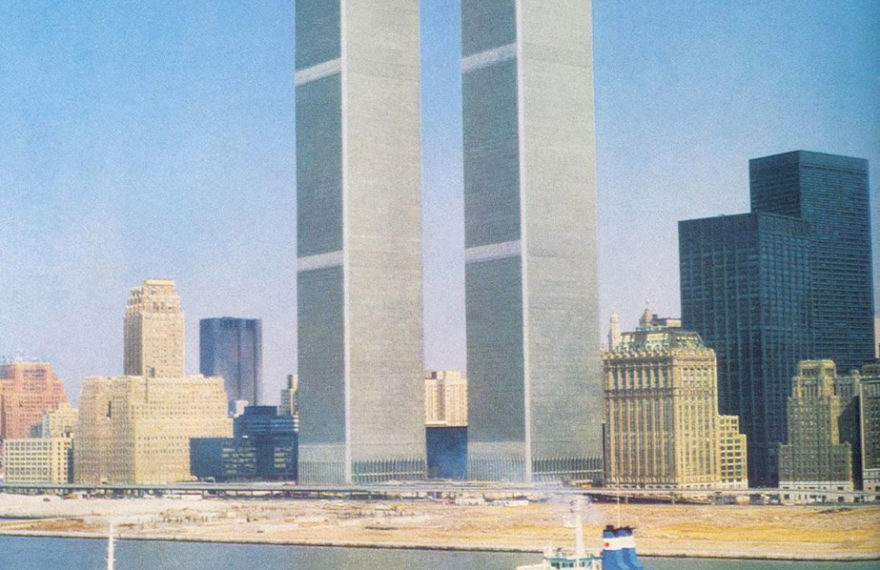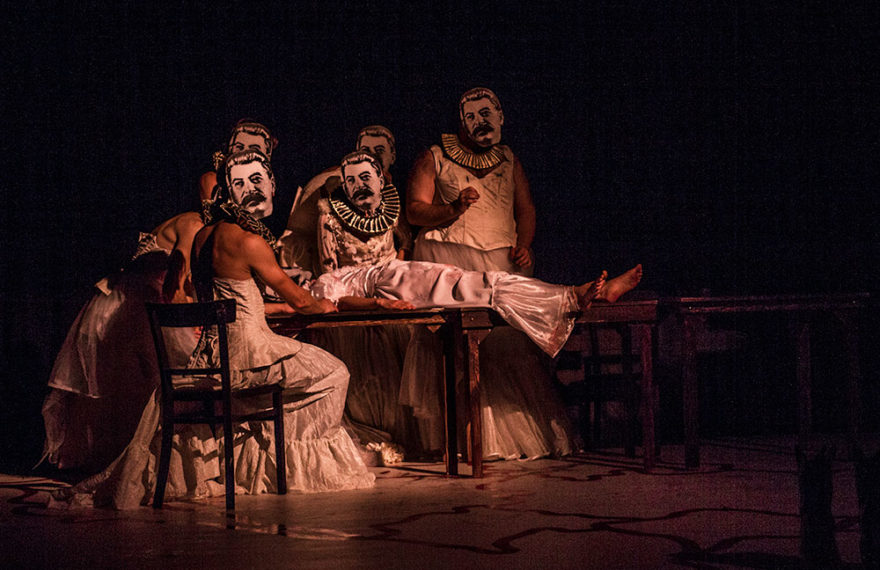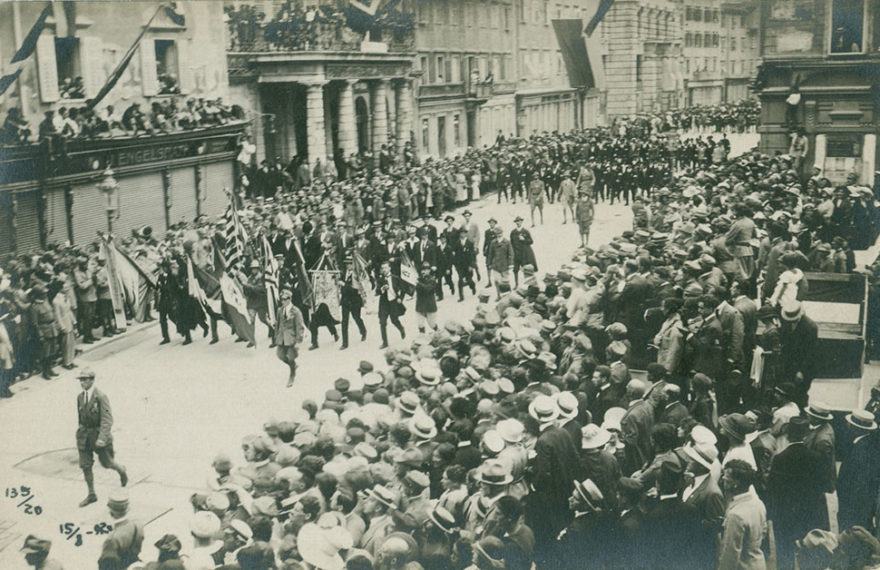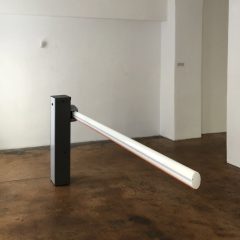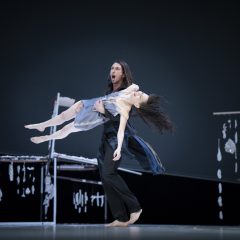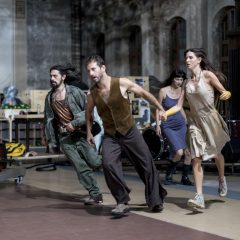Over the past hundred years or so, Rijeka has changed countries seven times and survived occupations, liberations, monarchies, empires, socio-political revolutions and collapses.
Numerous historical figures that made their mark on the 20th century, from D’Annunzio and Mussolini to Tito and Che Guevara, marched through Rijeka to roaring applause, which left a lasting impression on the residents.
The Times of Power flagship is inspired by Rijeka as a sort of laboratory of European history and emphasises various forms and relations of power through historical and art exhibitions, outstanding theatrical, dance and opera shows, as well as other events.
The history of Rijeka is a mirror of Europe
Times of Power explores historical shifts, the current meaning of the notion of power, as well as the structure, experiences and displays of power. The programme ranges from intimate spheres of the experience of power to totalitarian regimes that transformed told and untold stories.
The experience of division has shaped the identities of many European cities, Rijeka being one of them, which was divided by the border shaped by the Rječina River for decades. So while barbed wire becomes more prominent on borders across Europe and walls between countries are being erected again, the history of Rijeka simultaneously becomes a threatening and cautionary mirror held up for Europe and beyond.
Rijeka and its experiences, from history, through the present to the future of the city, are the starting point of this programme, but they do not limit its range and intentions. In this context, the structures of power are observed in terms ranging from ideas and knowledge to performance and the effects of power; from political games to human rights; from violence and oppression to the fragility of the life of other living beings and the survival of the natural habitat; from the source to borders; from resistance to responsibility. The programme covers a wide range: from destructive to creative power.
An extensive performance and exhibition programme
Countless powers have laid claim to Rijeka throughout its exciting history, which will be presented in the exhibitions D’Annunzio’s Martyr and Violins Above Borders / Stradivari in Rijeka – Kresnik and Cremona and Borders Between Order and Chaos. The series of exhibitions also includes first-class musicians performing on Stradivarius and Kresnik violins.
Among other events, the extensive programme will also feature the festival organised by Needcompany, a famous European theatre troupe from Brussels and led by the Belgian artist Jan Lauwers, which will include a performance of their new play All the Good, as well as the plays Concert by a Band Facing the Wrong Way and Forever.
Also featured is Burning Water, a new production by the excellent Greek choreographer Andonis Fondianakis, and noteworthy new opera productions, such as Wagner’s Tristan and Isolde, directed by the acclaimed American director Ann Bogart.
The exhibition programme consists of numerous exhibitions of contemporary art and exhibitions with themes from the history of Rijeka and Europe, including permanent exhibitions at the new museum premises at the Sugar Refinery Palace, the new home of the City Museum, and the first Croatian museum ship Galeb.
Another highlight of the programme is the overview of contemporary art in Eastern Europe in the 1990s, entitled 90s: Scars, which will be accompanied by an international conference on the said period.
Particularly interesting is the audiovisual installation Anachronistic Bathhouse by Heiner Goebbels, one of the world’s most important contemporary composers, which will be presented at the old Školjić swimming pool in Rijeka.
The programme will be rounded out by two large-scale conferences, Time Capsule I and II, which address the history of Rijeka from 1900 to 1945, when it was divided and ruled by different monarchs, and from 1945 to 1990, when it was a part of the Socialist Federal Republic of Yugoslavia.
A central part of the programme is the artwork, installations and performances dealing with Goli Otok, which will introduce the wider audience to this painful topic by directly confronting them with the past in order to allow the expansion of democratic freedoms and truth.
Culture Above Borders
Pushing the boundaries of artistic freedom is an imperative that has yielded many programmes that pertain to this topic and that will be presented in Rijeka. Borders are more than just physical barriers that we have witnessed and still witness, they can also be spiritual obstacles that need to be overcome. And culture is the most efficient tool for surpassing borders, as evidenced by the numerous programmes included in this flagship.
